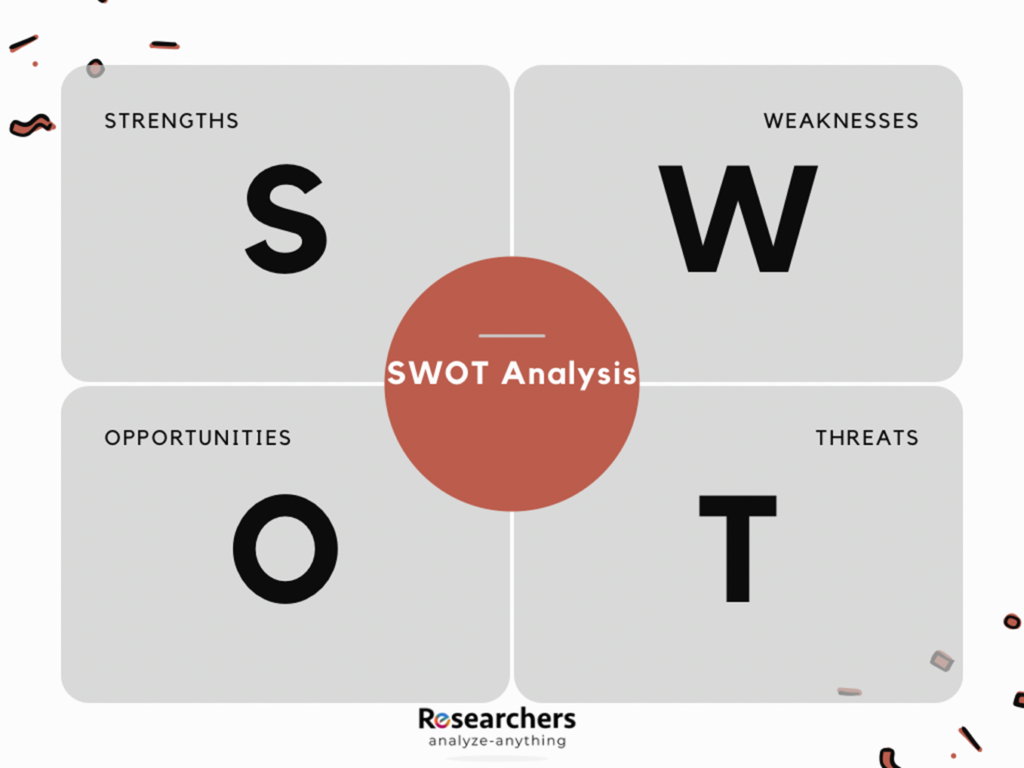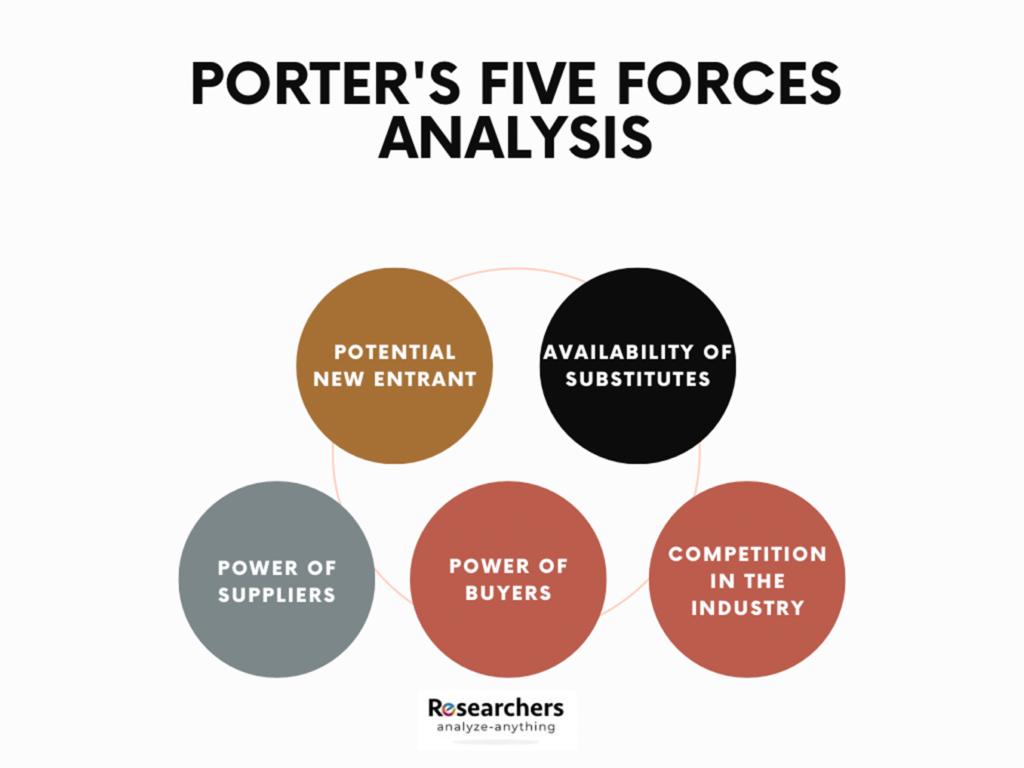Understanding your competitors is a superpower. Being armed with this information, you know what’s coming next. You know what your buyers want and who provides a service that would render yours inferior (or a close second).
You know who’s leading the charts and can predict what to expect in the near future.
Competitor analysis frameworks offer you structured methods to assess your competitors’ strategies. They help gather, analyze, and interpret data to benchmark performance and inform decisions.
These frameworks cover market share, brand position, and pricing strategies. All of these points are what come together to build a comprehensive picture of your competition.
Let’s dive right in!
1. Competitor Benchmarking Framework
This is a method used by businesses to understand where they stand in the market and identify areas where they can improve. This framework analyzes your competitors’ strategies, products, and customer satisfaction.
It sounds almost criminal to unsuspecting ears, but it’s all healthy competition. We see it every day in nearly every industry. A well-known example is the automotive industry. Companies like Toyota, Honda, and Ford constantly monitor each other’s performance.
Toyota benchmarked its manufacturing processes against its competitors and implemented lean manufacturing techniques to improve efficiency. The technique was so successful that other firms mirrored it. Based on the ideas of Toyota, General Electric implemented a lean manufacturing system known as the “GE Production System.” GE was able to lower the price of four parts by up to 35% in a span of just ten months. They also shortened the replacement time of a turbine component from 25 hours to 13 hours.
Nike also put in place a lean manufacturing system called “Nike Manufacturing Excellence”. The business achieved a 50% decrease in defect rates, 40% quicker lead times, and a 20% increase in productivity as a result.
What Does Competitor Benchmarking Entail?
Competitor benchmarking involves three key components. Let’s frame them into “actionable steps” to simplify the point.
- Identify your direct competitors. Then, gather data on their sales, market share, customer satisfaction, and product quality.
- Analyze this data. Analyzing allows you to compare your performance with that of the competition without bias.
- Use these insights to identify areas for improvement.
2. Mystery Shopping Performance Benchmarking
This framework is a research method where you hire someone to assess the customer experience of your competitors anonymously. The mystery shoppers visit stores and interact with their employees. They get to learn about their service quality, product, and company standards from these visits. Our aim here is to obtain objective feedback on the customer experience from the perspective of a typical shopper.
Steps Taken in Conducting Mystery Shopping Performance Benchmarking
If you want to conduct your performance benchmarking as a mystery shopper, here are the few steps involved in the process:
- Define clear objectives for the mystery shopping evaluation. Specify the aspects of the customer experience to be assessed (e.g., greeting, product knowledge, cleanliness).
- Identify competitors to be included in the mystery shopping benchmarking study. Base your selection on their relevance and market presence in your niche.
- Recruit mystery shoppers who fit the profile of the target customer demographic. Your shopper must possess a keen eye and sound reporting skills.
- Develop realistic scenarios for your mystery shoppers to follow during their visits.
3. Functional Benchmarking
As the name implies, this framework allows you to compare specific business functions with those of your industry leaders. This type of benchmarking analyzes specific operational areas.
When you want to improve your marketing, sales, customer service, or supply chain management, this is your guy.
The scope of functional benchmarking depends on the specific functions being benchmarked. Walmart is known for its highly efficient supply chain. It has been a benchmark for many retailers looking to optimize their supply chain operations. Studying Walmart’s supply chain practices and implementing similar strategies– that’s an example of functional benchmarking.
4. SWOT Analysis
SWOT analysis is a strategic planning tool to identify and evaluate four factors. SWOT represents the Strengths, Weaknesses, Opportunities, and Threats facing a business or project. It assesses internal factors (Strengths and Weaknesses) and external factors (Opportunities and Threats).

Assessing these factors informs your decisions. SWOT analysis allows you to develop strategies worthy of putting into action.
5. Porter’s Five Forces Analysis
Michael Porter developed this framework to assess the competitive intensity and attractiveness of an industry. Simply put, how much resistance you’d face in a niche and how much money you stand to gain.

As the name states, it examines five fundamental forces:
- Threat of New Entrants
- Bargaining Power of Buyers
- Bargaining Power of Suppliers
- Threat of Substitute Products or Services
- Intensity of Competitive Rivalry.
Conducting a thorough analysis of each force and its impact on the industry gives you all the edge you seek.
6. Market Share Analysis
Market share analysis involves evaluating the portion of total sales within a market that a particular company or product holds. It’s expressed in percentages.
How do we do the maths? A company’s sales revenue (or units sold) is divided by the total sales revenue (or units sold) of the market, then multiplied by 100.
If Company Z generates $10 million in revenue annually and the market generates $100 million in revenue overall, then Company Z’s market share would be 10%.
One of the best practices in market share analysis is to use multiple data sources and methodologies. Numerous sources give you a more accurate picture
Some of the materials used to gather data include:
- Industry reports,
- Market research firms,
- Sales data, and
- Customer surveys.
Triangulating data from different sources has a higher chance of giving you the reliable estimates you seek.
Conclusion
We just went through six important frameworks every business needs to stay relevant. These frameworks provide structured methodologies for gathering, analyzing, and interpreting data. The information is your guide to success. Stand out in your niche. Make the right decision for your brand today.
Make informed decisions and stay ahead of the competition. Unlock the power of competitor analysis and strategic insights with Researchers.me.
Our platform offers comprehensive tools and resources for Competitive Benchmarking and analyzing market trends.
Visit Researchers.me today and drive your business forward!

